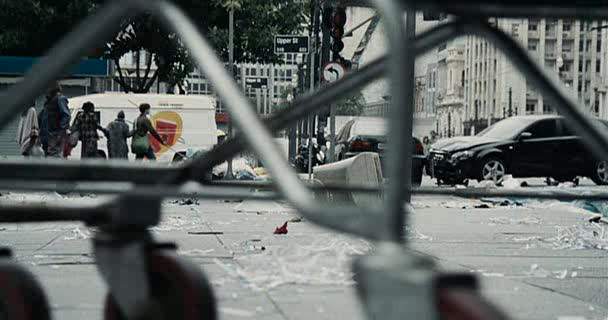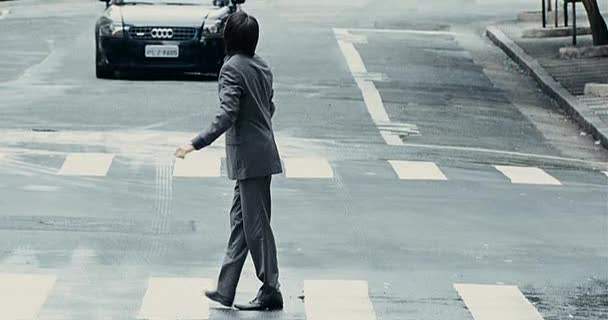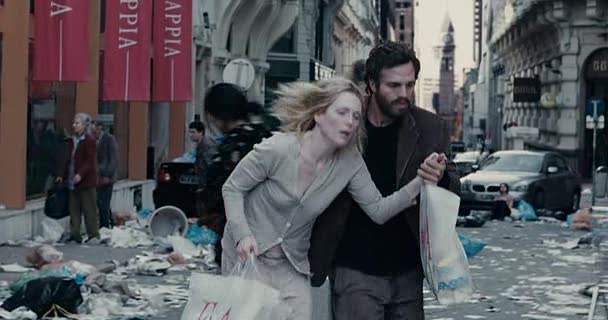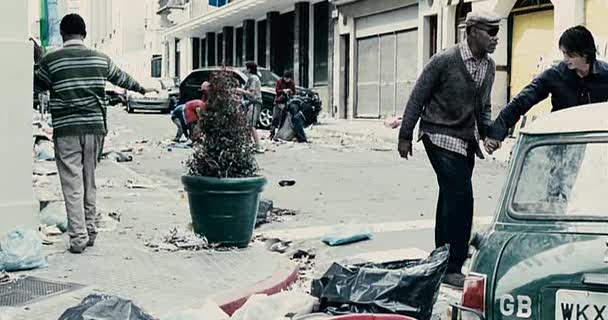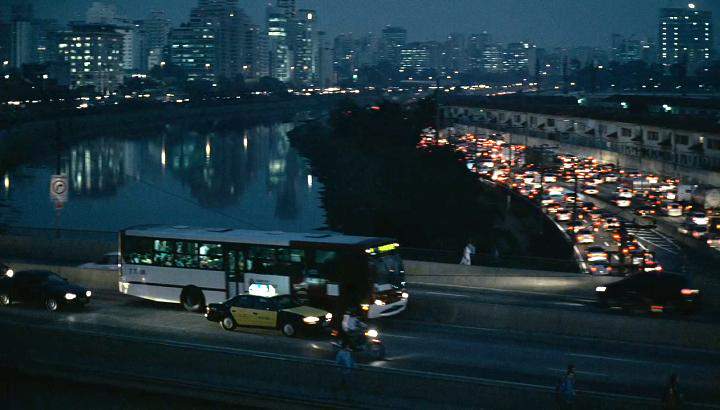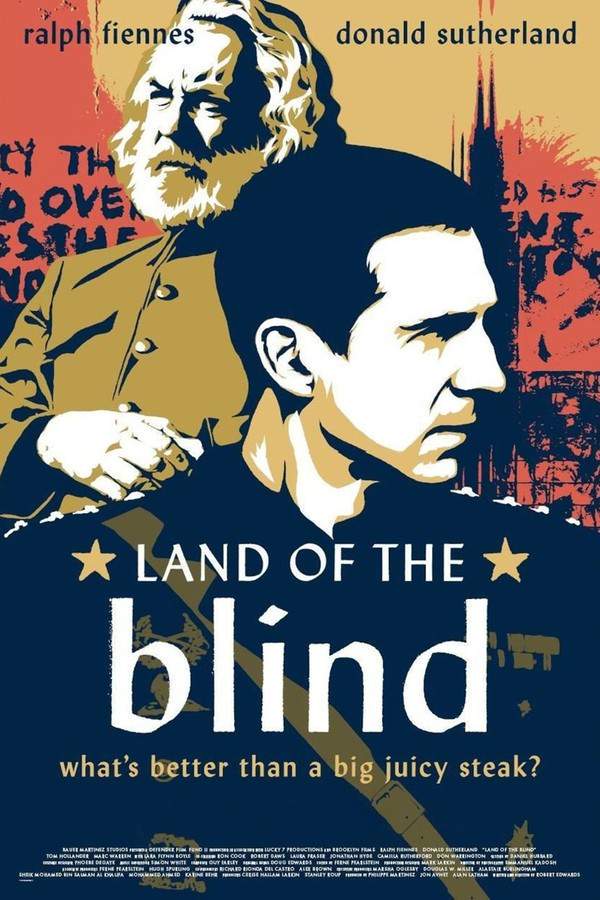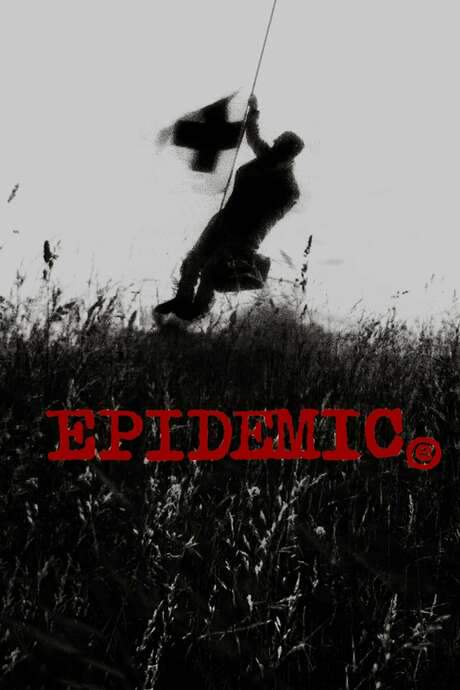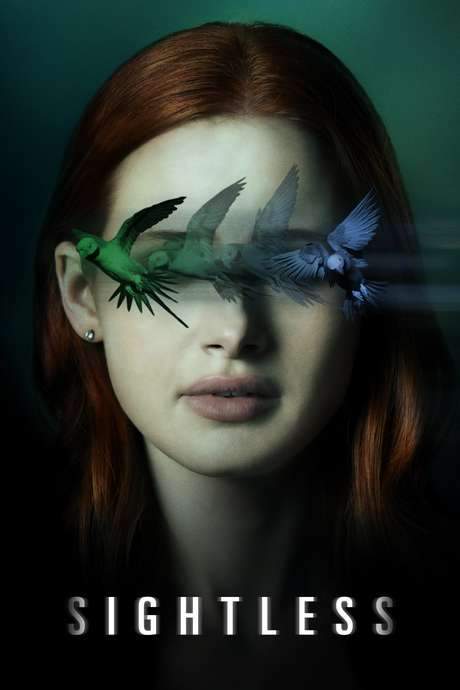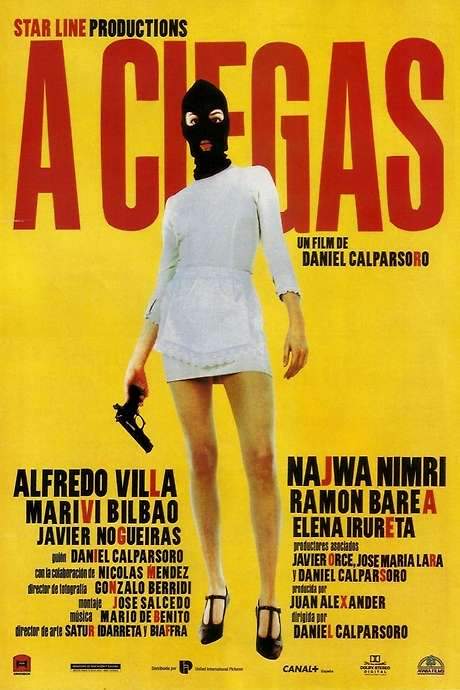Blindness 2008
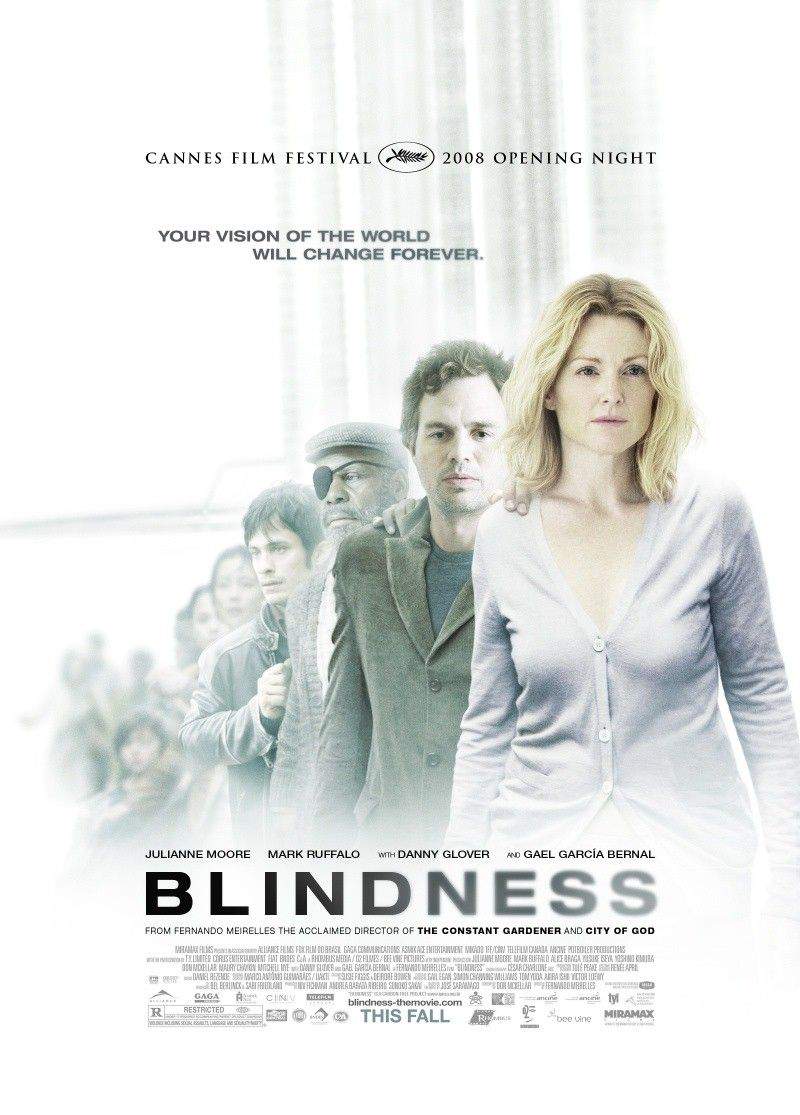
A sudden epidemic of blindness sweeps through an unnamed city, quickly overwhelming the population. As the mysterious "White Sickness" spreads, those afflicted find themselves disoriented and isolated, losing their sight in an instant. Society descends into chaos, and the newly blind are rounded up and quarantined in a dilapidated mental hospital. Inside, tensions rise among the patients and their caretakers, blurring the lines between order and anarchy as they struggle to survive.
Does Blindness have end credit scenes?
No!
Blindness does not have end credit scenes. You can leave when the credits roll.
Meet the Full Cast and Actors of Blindness
Explore the complete cast of Blindness, including both lead and supporting actors. Learn who plays each character, discover their past roles and achievements, and find out what makes this ensemble cast stand out in the world of film and television.
No actors found
External Links and Streaming Options
Discover where to watch Blindness online, including streaming platforms, rental options, and official sources. Compare reviews, ratings, and in-depth movie information across sites like IMDb, TMDb, Wikipedia or Rotten Tomatoes.
Ratings and Reviews for Blindness
See how Blindness is rated across major platforms like IMDb, Metacritic, and TMDb. Compare audience scores and critic reviews to understand where Blindness stands among top-rated movies in its genre.

45
Metascore
6.4
User Score

6.5 /10
IMDb Rating

65
%
User Score
Take the Ultimate Blindness Movie Quiz
Challenge your knowledge of Blindness with this fun and interactive movie quiz. Test yourself on key plot points, iconic characters, hidden details, and memorable moments to see how well you really know the film.
Blindness Quiz: Test your knowledge on the gripping film 'Blindness' and its exploration of human nature amidst chaos.
What sudden affliction does the protagonist experience in the film?
Blindness
Deafness
Amnesia
Paralysis
Show hint
Full Plot Summary and Ending Explained for Blindness
Read the complete plot summary of Blindness, including all major events, twists, and the full ending explained in detail. Explore key characters, themes, hidden meanings, and everything you need to understand the story from beginning to end.
The narrative of Blindness unfolds one fateful morning in an unnamed city, during the busy rush-hour traffic. Amid the chaos of honking cars and frustrated drivers, a young Japanese professional, Yusuke Iseya, suddenly loses his sight for no discernible reason, bringing all surrounding activity to a standstill. While his baffled fellow commuters gather to help, one good Samaritan, Don McKellar, steps up to drive him home. As they navigate through the city, the blinded man describes his bewildering experience, likening his vision to “swimming in milk.” Upon arriving at his upscale apartment, the Japanese man assures his rescuer that all will be well while he waits for his wife, unaware that this so-called helper has ulterior motives—departing with the car keys and stealing the vehicle.
Later that evening, when his wife, Yoshino Kimura, returns and discovers her husband’s unexpected blindness, she quickly takes him to see an ophthalmologist, played by Mark Ruffalo. After an extensive examination, the doctor finds no medical reason for the affliction and suggests further tests at a hospital. Among the patients at the clinic are various individuals including an old man with a black eye-patch, portrayed by Danny Glover, and a mysterious woman, Alice Braga, wearing dark glasses. That same night, the car thief also succumbs to the inexplicable blindness and abandons the stolen vehicle as he wanders away in confusion.
Over a cozy dinner with his loving wife, Julianne Moore, the doctor shares the peculiar case of the blinded Japanese man. Meanwhile, the call-girl, revealed to be the woman in dark glasses, falls prey to the mysterious affliction after an encounter with a client. The next morning, panic grips the doctor when he discovers he too has lost his sight. Fearful of infecting his wife, he tries to maintain distance, but she insists on staying by his side, confident in her ability to remain safe. As the phenomenon spreads across the city, panic escalates, prompting the government to quarantine the growing number of blind citizens in a dilapidated asylum.
Upon arrival at the asylum, the doctor and his wife are the first to check in, determined to keep her sight a secret. Soon, more individuals arrive, including the call-girl, the Japanese couple, the car thief, and the young boy, Mitchell Nye. Tensions rise when the car thief confronts the Japanese man, triggering a scuffle that the doctor intervenes to resolve. As the proceedings unfold, the doctor assumes a reluctant leadership role while the Japanese man’s wife becomes increasingly unresponsive due to the shock of her husband’s condition. The old man with the eye-patch sheds light on the grim developments outside—the “White Sickness” has become a global crisis, with cases multiplying daily and the government enacting increasingly oppressive tactics to control the outbreak.
Conditions within the asylum deteriorate rapidly, plagued by overcrowding and a complete lack of support. Hygiene becomes a dire concern as filth and despair fester among the incarcerated. Starvation looms as irregular food deliveries send morale plummeting; guards become hostile, and medical supplies are withheld. The plight escalates to fatal encounters, with soldiers executing a man who strayed too far from the group. The inmates cope amidst gruesome realities, yet the bleakness turns darker when an armed faction led by an ex-barman, Gael García Bernal, seizes control, bartering food rations for valuables and resorting to dehumanizing tactics.
In a moment of vulnerability brought on by despair, the doctor succumbs to temptation and engages in a fleeting encounter with the woman in dark glasses. The weight of their actions hangs heavily, especially when they realize the doctor’s wife has been a witness to their indiscretion. Though trust falters, she chooses to stay and support him, ultimately forgiving both parties involved. As the days drag on, the King of Ward 3 intensifies his demands, demanding women as payment for sustenance. One by one, desperate women accept the dreadful prospect of becoming sex slaves, leading to tragic consequences as one of them is ruthlessly killed by her captor.
Driven by vengeance and the instinct for survival, the doctor’s wife ultimately snaps, taking justice into her own hands and murdering the King of Ward 3 with a pair of scissors. This act ignites a violent revolt among the wards, culminating in flames engulfing the asylum and claiming the lives of many prisoners. In the aftermath, the remaining few discover they are abandoned by the military, granted freedom only to find a desolate cityscape filled with chaos and debris—everyone now blind and society itself in ruin.
Determined to find a semblance of hope, the doctor’s wife leads her husband, the Japanese couple, the old man, the woman in dark glasses, and the young boy through the shattered remnants of the city. Their journey unfolds amidst grim realities of survivors squatting in crumbling buildings. When she and her husband venture to scavenge for food, they navigate through a supermarket teeming with disoriented blind citizens. Their efforts lead to a tense encounter with starving individuals who catch the scent of the food she carries, but united, they manage to survive and return to their group intact.
Eventually, the doctor and his wife return to reclaim their home, working to make it a place of refuge for their new-found family. In a moment of reconciliation, the doctor’s wife expresses her forgiveness for his prior infidelity, deepening their bond. Together they share an intimate moment where he confesses that in their union, he can truly “see” her. Just as this makeshift family begins to find comfort in their new life, unexpected news breaks—the Japanese man regains his sight. This miraculous turn of events ignites a flicker of hope among the group, suggesting that perhaps the same healing could come to others. While they celebrate this moment of joy, the doctor’s wife gazes out onto the white, overcast sky, wrestling with the unsettling thought, > “I’m going blind,” as the camera pans down, revealing the desolation of their surroundings.
Uncover the Details: Timeline, Characters, Themes, and Beyond!

Coming soon on iOS and Android
The Plot Explained Mobile App
From blockbusters to hidden gems — dive into movie stories anytime, anywhere. Save your favorites, discover plots faster, and never miss a twist again.
Sign up to be the first to know when we launch. Your email stays private — always.
Watch Trailers, Clips & Behind-the-Scenes for Blindness
Watch official trailers, exclusive clips, cast interviews, and behind-the-scenes footage from Blindness. Dive deeper into the making of the film, its standout moments, and key production insights.
Cars Featured in Blindness
Explore all cars featured in Blindness, including their makes, models, scenes they appear in, and their significance to the plot. A must-read for car enthusiasts and movie buffs alike.
Blindness Themes and Keywords
Discover the central themes, ideas, and keywords that define the movie’s story, tone, and message. Analyze the film’s deeper meanings, genre influences, and recurring concepts.
Blindness Other Names and Titles
Explore the various alternative titles, translations, and other names used for Blindness across different regions and languages. Understand how the film is marketed and recognized worldwide.
Similar Movies To Blindness You Should Know About
Browse a curated list of movies similar in genre, tone, characters, or story structure. Discover new titles like the one you're watching, perfect for fans of related plots, vibes, or cinematic styles.
Quick Links: Summary, Cast, Ratings, More

What's After the Movie?
Not sure whether to stay after the credits? Find out!
Explore Our Movie Platform
New Movie Releases (2026)
Famous Movie Actors
Top Film Production Studios
Movie Plot Summaries & Endings
Major Movie Awards & Winners
Best Concert Films & Music Documentaries
Movie Collections and Curated Lists
© 2026 What's After the Movie. All rights reserved.
















